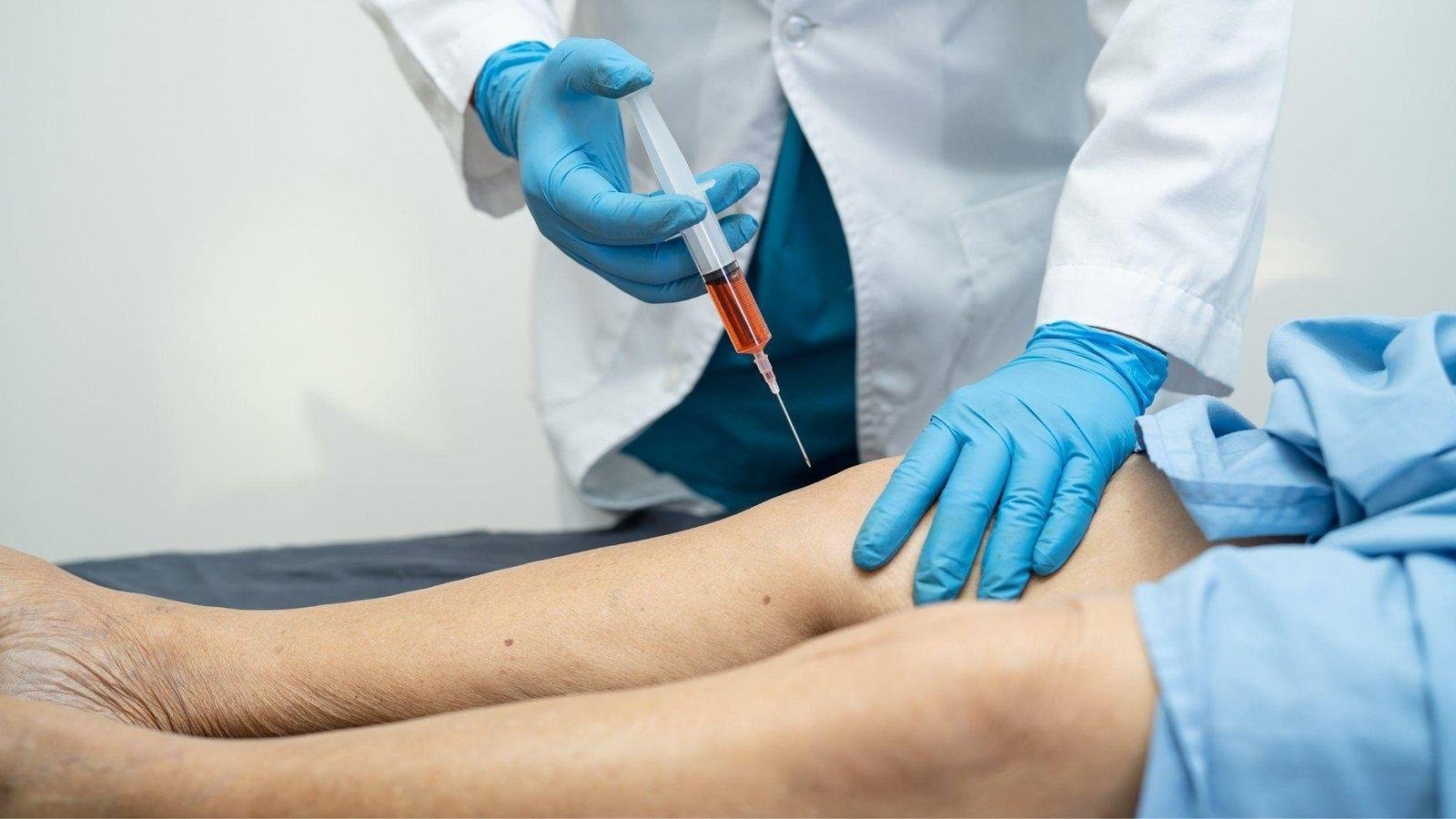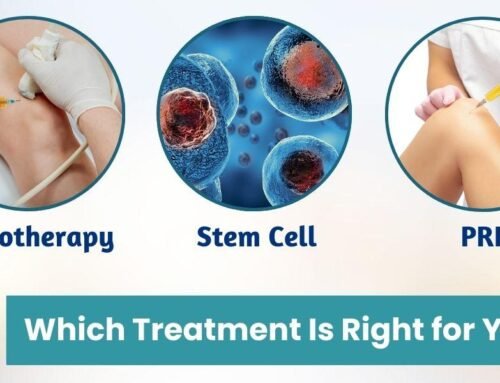Prolotherapy, also known as proliferation therapy or regenerative injection therapy, is a non-surgical treatment aimed at stimulating the body’s natural healing processes to strengthen and repair injured joints and connective tissues. This innovative approach has gained traction in the medical field, particularly for its potential in treating chronic musculoskeletal pain that may not respond well to conventional therapies.
What is Prolotherapy?
Prolotherapy Explained
Prolotherapy involves the injection of a natural irritant solution into targeted areas of damaged ligaments, tendons, or joints. This solution, often containing dextrose (a type of sugar), saline, or other substances, is strategically administered to stimulate a localized inflammatory response. The inflammatory process triggers the body’s healing mechanisms, prompting the production of collagen and other proteins that strengthen the damaged tissues over time.
Success Rates of Prolotherapy
Determining the success rate of prolotherapy can vary based on several factors, including the specific condition being treated, the patient’s overall health, and the expertise of the healthcare provider administering the treatment. While individual responses may vary, several studies and clinical observations have provided insights into its effectiveness across different conditions:
1. Chronic Pain Conditions
Prolotherapy has shown promising results in the treatment of chronic pain conditions such as:
- Osteoarthritis: Studies indicate that prolotherapy injections can reduce pain and improve joint function in patients with mild to moderate osteoarthritis.
- Low Back Pain: Patients experiencing chronic low back pain may benefit from prolotherapy by reducing pain levels and enhancing mobility.
- Sports Injuries: Athletes with ligament or tendon injuries have reported significant improvements in pain relief and functional recovery post-prolotherapy.
2. Healing and Regeneration
Mechanism of Action
The success of prolotherapy lies in its ability to stimulate the body’s healing response at the site of injury. By promoting the growth of new, stronger tissue and reducing inflammation, prolotherapy aims to address the underlying cause of pain rather than just masking symptoms. This regenerative approach can lead to long-term improvements in joint stability and function for many patients.
Must Read – What to expect after Prolotherapy treatment?
3. Clinical Evidence and Patient Outcomes
Research Insights
Clinical studies and patient testimonials provide valuable insights into the success rates of prolotherapy:
- A meta-analysis published in the Journal of Prolotherapy concluded that prolotherapy effectively reduces pain and improves function across various musculoskeletal conditions.
- Patient satisfaction surveys often report high levels of improvement in pain scores and daily activities post-prolotherapy treatments.
Considering Prolotherapy
The Prolotherapy Clinic offers a promising alternative for individuals seeking non-surgical options to manage chronic pain and enhance joint function. While success rates can vary, many patients experience significant improvements in pain relief and mobility, supporting its growing popularity in the medical community.
FAQs On Prolotherapy
1. What conditions can prolotherapy treat?
Prolotherapy can treat musculoskeletal conditions, including osteoarthritis, chronic low back pain, sports injuries, tendonitis, and ligament damage.
2. How long does it take to see results from prolotherapy?
Results from prolotherapy can vary, but many patients start experiencing pain relief and improved function after 3 to 6 treatment sessions spaced a few weeks apart.
3. Is prolotherapy a safe procedure?
Yes, prolotherapy is generally considered safe when performed by a trained medical professional, with minimal side effects such as temporary soreness or swelling at the injection site.




